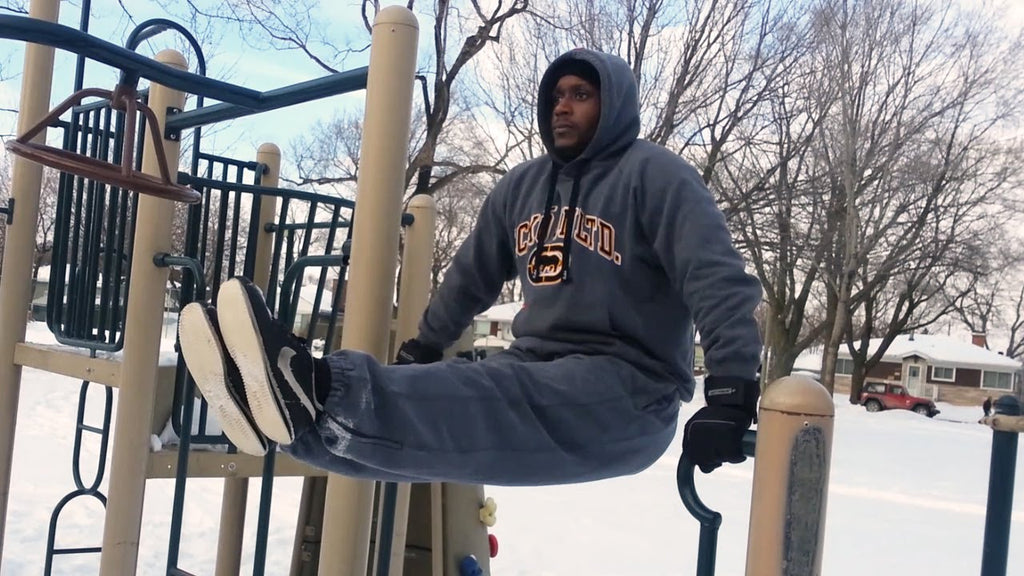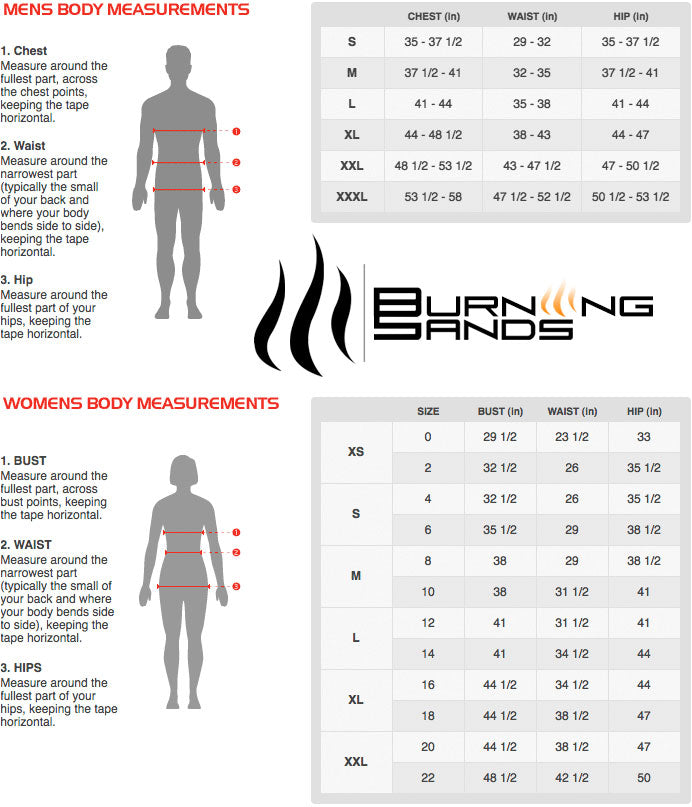Winter Workouts Work
Posted by CHANELL ROSE

Even though the temperature has dropped, this doesn't mean you have to bring your workouts indoors.
"When it gets into the 40s and 30s, you can still enjoy your regular outside routines, like walking, running, and even cycling," says Dr. Adam Tenforde, an assistant professor of sports medicine and rehabilitation at Harvard-affiliated Spaulding Rehabilitation Network.
Watch out for hypothermiaExercising in cold weather increases the risk of hypothermia (abnormally low body temperature). Seek emergency care right away if you develop symptoms such as intense shivering, extreme fatigue, slurred speech, or loss of coordination. Always let someone know when you are going outdoors and carry a fully charged cellphone. |
Cold comfort
In some ways, winter can offer benefits you don't get in summer. For instance, cold weather may actually improve endurance, says Dr. Tenforde. "In colder temperatures your heart doesn't have to work as hard, you sweat less, and expend less energy, all of which means you can exercise more efficiently."
Studies also have shown that exercising in cold weather can transform white fat, specifically belly and thigh fat, into calorie-burning brown fat.
Plus, winter workouts help you get exposure to sunlight, which may help ward off seasonal affective disorder, a type of depression that some people experience during the winter months. While cold-weather exercise is safe for most people, if you have certain conditions, such as asthma or heart problems, check with your doctor to review any special precautions you need to take based on your condition or medications.
Warming up to the coldCold muscles are at a greater risk for strains and injuries, so make sure to warm up before your cold-weather workout. "You want to avoid starting with static stretches, that is, not moving the body part while stretching, which can further increase your risk for injury," says Dr. Adam Tenforde of Harvard's Spaulding Rehabilitation Network. "More dynamic forms of stretching that keep body parts moving can loosen your joints, get your blood flowing, and warm up muscles and tissues." Here is a pre-exercise routine you can try: Arm circles: Hold your arms out to the sides, palms down, at shoulder height. Begin making small circles and gradually make them larger until you complete 20 circles. Then go from large to small circles until you complete another 20. Arm swings: Stand with your feet shoulder-width apart and swing your arms in unison to the right and then to the left, twisting from the waist. Go back and forth until you complete 10 swings total (five toward each side). High steps: Stand with your feet shoulder-width apart. Raise your right knee high toward your chest (touch a wall for balance or place one or both hands around your knee, if needed). Hold for a second, then return to the starting position. Repeat the movement with your left knee. Go back and forth until you've lifted each knee five to 10 times. Lunges: Stand with your feet together and step forward with your right leg, lowering your body by bending both knees to 90° angles. Return to the starting position and repeat the movement with your left leg forward. Repeat the sequence five to 10 times. |
Get outside
You have to respect colder weather and make sure you're properly prepared, just as you would with summer heat and humidity, says Dr. Tenforde. Here are some tips to stay safe and healthy while you enjoy your cold-weather workouts.
Wear layers. Dress in clothing that you can easily take off and put back on as needed. Start with a thin layer of synthetic material, such as polypropylene, which draws sweat away from your body.
Next, add a layer of fleece or wool for insulation. (Always avoid cotton, which absorbs sweat and can make you colder.) Top this with a waterproof, breathable outer layer. "You may need to experiment to find the right combination of clothing based on your exercise intensity and comfort level," says Dr. Tenforde.
Protect your head, hands, and feet. When it's cold, blood flow concentrates in your body's core to help keep you warm, which leaves your head, hands, and feet vulnerable to the cold. Wear gloves lined with wool or fleece, or add a thin pair of glove liners made of a wicking material under a pair of heavier gloves. Also, wear heavy socks and a wool cap, and protect your eyes from wind and glare with dark glasses.
Apply sunscreen. It may not feel hot, but you can still get sunburned in winter. Your risk increases if you are surrounded by snow, which can reflect sunlight. Always wear a product that blocks both types of ultraviolet rays — UVA and UVB — with at least 30 SPF, and a lip balm with sunscreen.
Stay hydrated. You are more likely to get dehydrated in cold weather because cold air tamps down thirst. While you may not need the same fluid intake as during summer, you still need to maintain the same approach to hydration. "Drink water before, during, and after your workout and pay attention to being thirsty," says Dr. Tenforde. If you need help, set a timer on your phone or fitness tracker to remind you to drink.
Choose a safe surface. Make sure your route offers good footing and is clear and safe to navigate. Wear shoes with good traction and invest in walking poles for support and to help avoid slips and falls. "Always remember to monitor how your body feels during cold-weather exercise," says Dr. Tenforde. "Enjoying outdoor exercise safely remains the priority."




